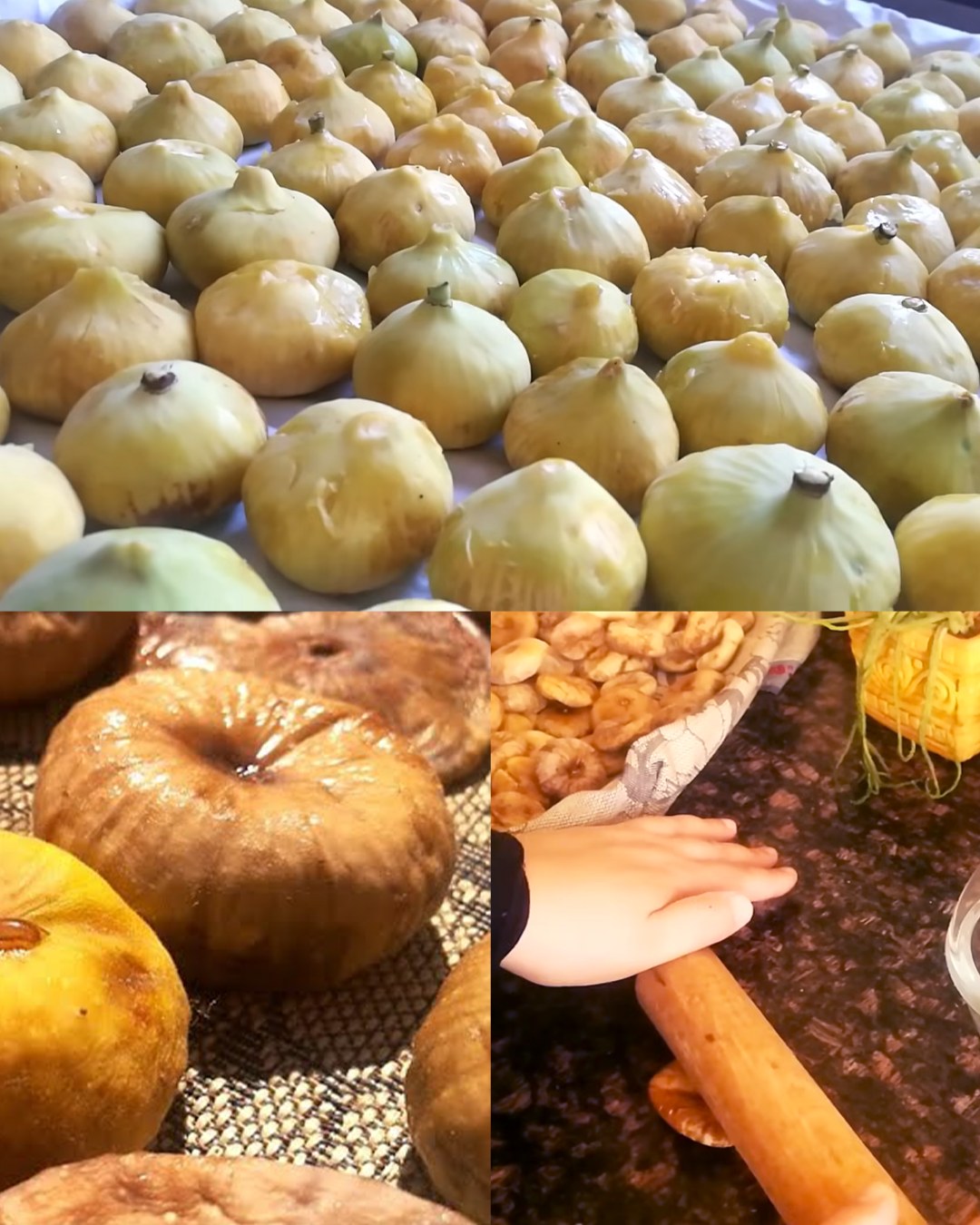Figs, with their natural sweetness and chewy texture, are a favorite for many. Drying figs at home not only preserves their flavor and nutritional value but also ensures you get a chemical-free product. Here’s an easy guide to drying figs at home for a delicious and long-lasting snack.
Why Dry Figs?
Drying figs is one of the oldest methods of preserving this nutritious fruit. Dried figs retain essential vitamins, minerals, and fiber while reducing moisture, which prevents spoilage. They can be stored for months, making them a convenient snack or ingredient for desserts, trail mixes, and more.
The Best Methods for Drying Figs at Home
1. Sun Drying
Sun drying is the most traditional and natural method for drying figs.
Steps:
Choose Ripe Figs: Pick figs that are fully ripe, plump, and slightly soft but not mushy.
Wash and Prepare: Rinse figs gently under running water and pat them dry. Remove the stems if desired.
Cut or Leave Whole: You can slice the figs in half to speed up drying or leave them whole for a chewier texture.
Place on a Tray: Arrange the figs on a clean tray or wire rack. Ensure they’re not overlapping to allow even drying.
Sun Exposure: Place the tray in a sunny, well-ventilated spot. Cover the figs with a thin mesh or net to protect them from insects and dust.
Turn Regularly: Turn the figs every day to ensure uniform drying.
Check for Doneness: After 3-5 days, the figs should feel leathery and pliable, with no visible moisture.
Tips:
Ensure consistent sunlight for optimal results.
Bring the figs indoors at night to avoid moisture from dew.
2. Oven Drying
If you don’t have access to ample sunlight, an oven is a quick and efficient alternative.
Steps:
Continued on the next page
ADVERTISEMENT

